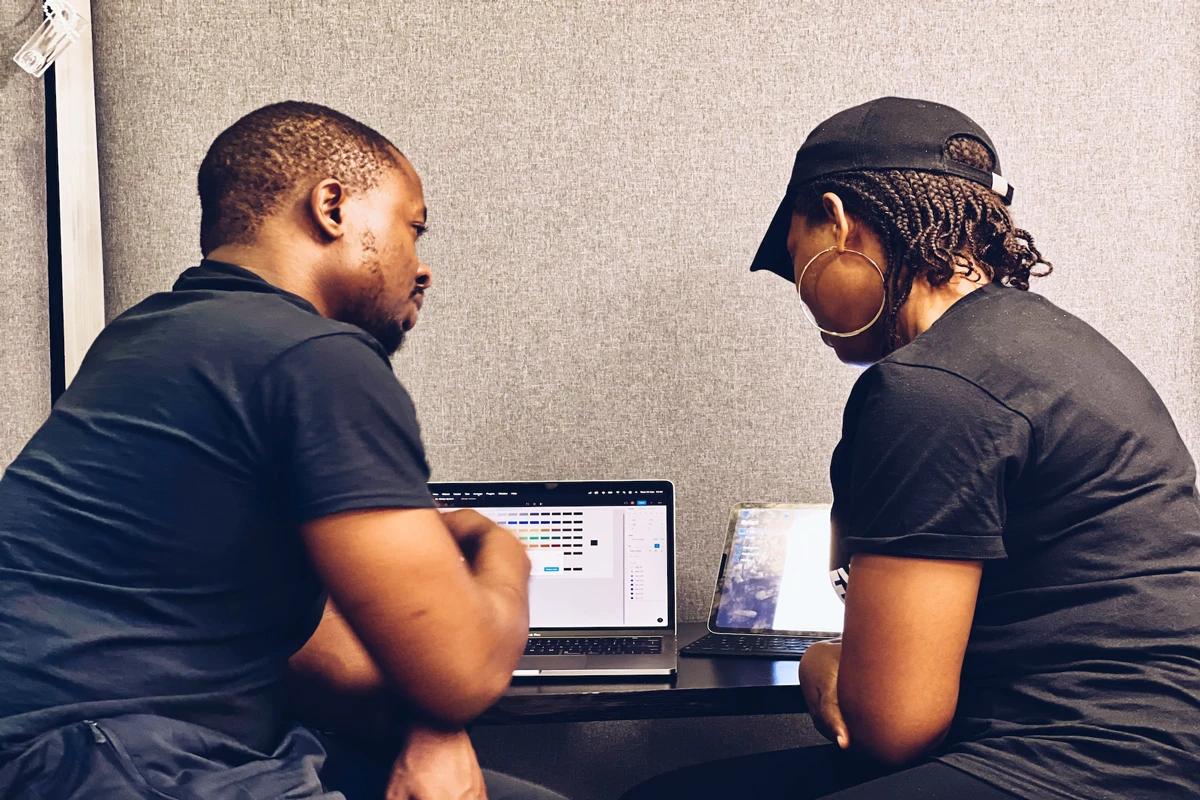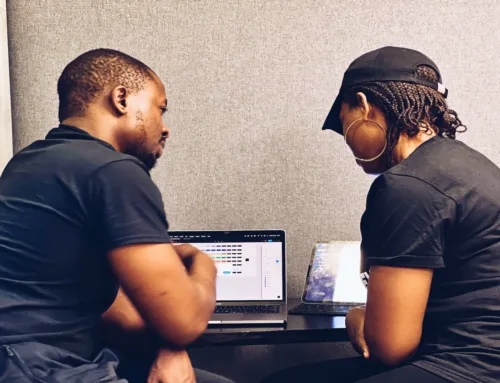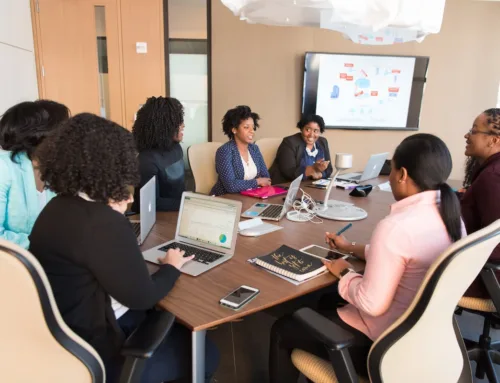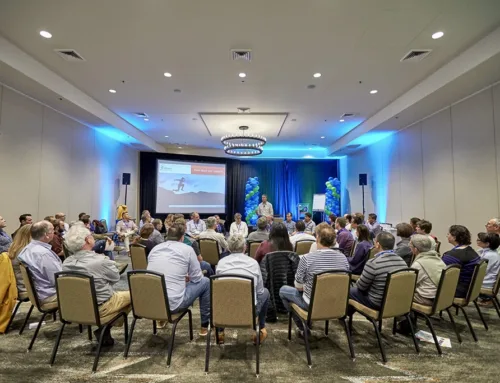How does Odyssey incorporate meaningful activities prior to the build in particular? I struggle with people just wanting to build a bike for hours and then are underwhelmed by donation numbers.
Do not let them know anything about the building element going into the event. The philanthropic impact should be a surprise and the cherry on top. If the session is only seen as a CSR give back program, then the focus is on giving, and they will measure the value based on how much they gave. That seems normal to me. If the session is focused on learning outcomes and value to the participants, then they will be looking for the value to themselves and their team. The value that is given to the greater community is only a wonderful addition to an already valuable training session.
We start with the intellectual part of the session, incorporating simple activities or interactions simply to build on the concepts. The focus is not on activity. The activities build in complexity, and the concepts also build. We make EVERY action have a purpose to help the participants see how the entire program is connected and relevant to their everyday life. The culmination with a CSR element or climactic activity should be when the participants are fully engaged in the learning and understand the connections between the two. They should be seeing the learnings for themselves, and need very little spoon-feeding of the lessons at this point.
We have a few meetings weekly, and so far none are really productive, resulting in a huge emotional response from several folks. How can we change the emotional memory so that these meetings become productive?
Research has shown that physiology is critical to our state of mind and that the complexity of the human condition requires us to address the physical self in addition to the mental state. Some suggestions and things to try — these are very simple and they will work. I have seen this work for 23 years EVERY TIME.
Do not let people sit in the same seat for each meeting or for more than 30 minutes at one meeting. They become territorial of their seat and their ideas. Standing is preferred when brainstorming or when you would like to have open dialogue. Be sure ALL seats feel like they are just as important as the next, and that each person can see and be heard. If you are going to allow sitting, then every 15 minutes have people move to a new seat. I am not joking… this will work, and they will smile, move, engage, and feel better without you even trying. They might resist this the first time, but then they will begin to prepare for the switch and move past the resistance.
Never promise to have the meeting over in “X” amount of time so that we can all get back to work. WHAT?! I have seen so many meetings start this way. Start each meeting with a STAND. Make a strong stand for what you expect the value from the meeting will be and why you need them engaged. Example: “Thanks for being here team. I am thrilled we have this time together and hope we have enough time to fully understand the value of this presentation to our success. We will be going over the financial today and you all know how important this information is to our ability to project the next business move and make our life easier. I value each of your input and perspective and I invited you to be here because I am convinced we can grow our business if each of us fully understand this data.” You get the idea. Make it sound good to be at the meeting and make a big promise and then deliver. If the leader is not passionate about the meeting then the team will follow.
Listen very carefully to the “Beliefs of your team.” When you hear a negative belief, you need to identify the belief in a non-threatening way and then go to work to change it. Example: I am… People are… Life is… This meeting is… This team is… My boss is… This project is… and so on. Beliefs influence focus, and that creates reality for people. If people say, “My boss is great,” then they will see things that support that belief. If I love the rain, then when I hear it raining in the morning, I am already happy and my mood is up. If people believe this meeting is a waste of time, then they will be very slow to see anything else.
The huge emotional response is actually a good thing. Change your belief about it. They have emotion because they still care and they want it to be better. If you get to a point that you no longer see emotion, then people are becoming apathetic and they will not work to improve the situation.
How do you advocate for one of these types of programs where we’re receiving feedback from attendees that they are already over-programmed during the meeting, and that what they would really like is free time?
They want free time because they do not see the value of the team building session over the other sessions. We need to do an amazing job of aligning our program with the entire meeting so that it does not feel like a disconnected session that is unrelated to business. It should feel like an interactive session that complements the existing message and builds on the overall dialogue. I do not believe that the solution is to cut the “team building” or “connection time” from the meeting.
NOTE – I am currently conducting a survey to determine the top 10 desired outcomes from company meetings. My assumption lines up with the early data, which shows that people attend meetings with the goals of connecting with co-workers, getting a personal sense of the leadership, and developing their network. Most of the presenters talking about financial stuff, company strategy, future products, and other nuts and bolts items, end up just reading from their PowerPoint. These elements can be delivered in an informational email or webinar previous to the face-to-face time. The biggest value of the face-to-face meetings is not the sharing of data and details, but making an emotional connection to the data and one another.
-Lain Hensley












